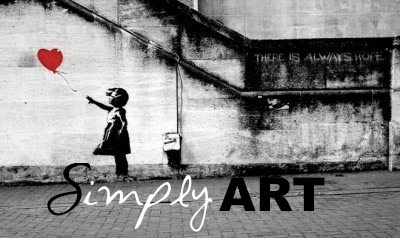
When going to a gallery where a Carl Andre work is shown, watching people relate or not to the work of art is quite an interesting phenomenon. For example, Aluminum Copper Alloy Square is an ensemble of picked and found metal plates, grouped together in order to form a square and laid on the ground. Now, you can have three different types of viewers: The first that doesn’t even realize there is a work of art on the floor and walks on it in order to get to the next room, the one who notices the work, either by looking on the floor or by reading the tablet on the wall, and that will circle it admiring it from different angles though never walking on it. “It’s a work of art” they will say, “It would be an insult to the artist and the work to walk on it”. Finally, you have the viewer who notices the work, understands it and walks on it, thus relating to it. Though, which viewer is right? Definitely not the one who didn’t even notice the work. Maybe the one who will not dare walk on it? Somewhere he is right because he identifies the work as a sculpture and walks around it as it were on a pedestal. He will determine the work of art himself by delimitating the perimeter of the work, where it starts, where it ends, where he can walk and where he cannot. By doing this he will also show the rest of the people how to relate to the work, working as monitors. Nevertheless, he didn’t quite understand everything. The viewer who sees the work and walks on it understands that the artist sought to create a relationship with the viewer by making them walk on the grid and feel something, be part of the work, and not take it as seriously as other would. That is why the plates are a little bit over elevated, so that when the person walks on it, he will sense a difference from the gallery floor to the work, making them feel something. The work is then truly functional.
Although, this work opens the discussion to much wider subjects, I wanted to stress the point of how people react differently to works of art, and I’m not talking about very personal expressionist art, but to a simple and very neutral minimalist work, basically metal grids on the floor. So now, you might ask yourselves: “What kind of viewer am I?” Asking yourself that question, is one of the first steps in order to better understand art. How will you position yourself to the work, how are you supposed to move around it and relate to it; Am I meant to touch it or simply look at it?, Walk around it or plainly look at it straight forward? Once this is set, the function of the object will become much clearer. That is why I choose to use Andre’s work because it shows that once the individual understands how he has to position himself to the work, its purpose becomes transparent. I agree it’s not an easy task, but one worth doing.
Along with this article, I added a video of someone truly, though playfully, interacting with the discussed work.

No comments:
Post a Comment